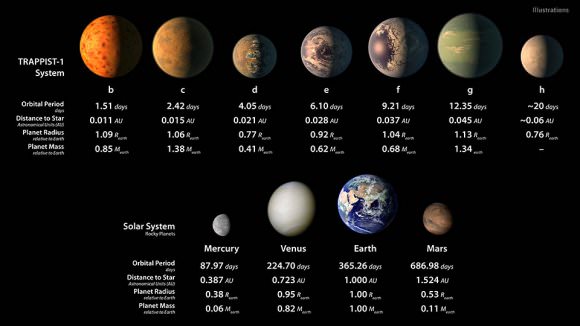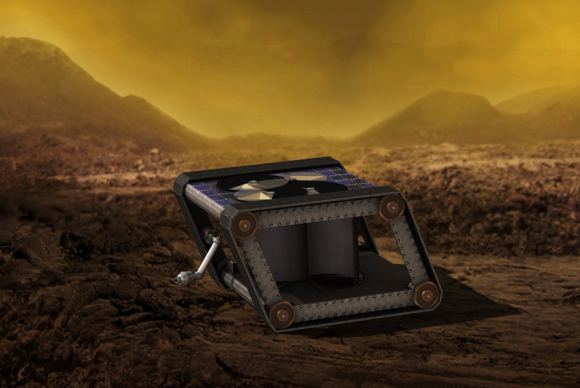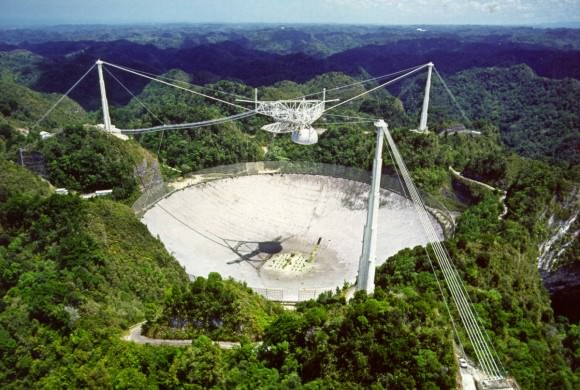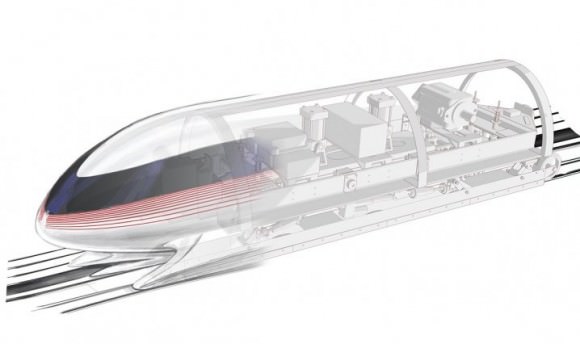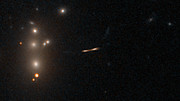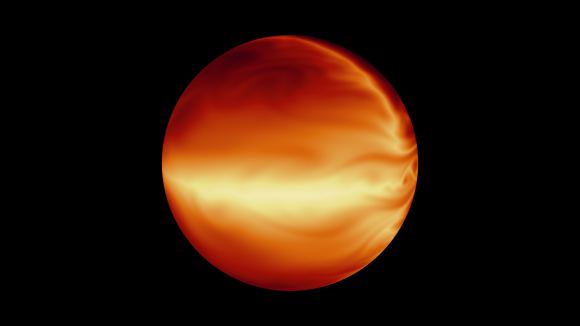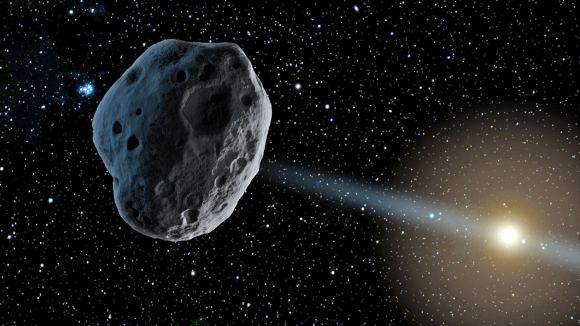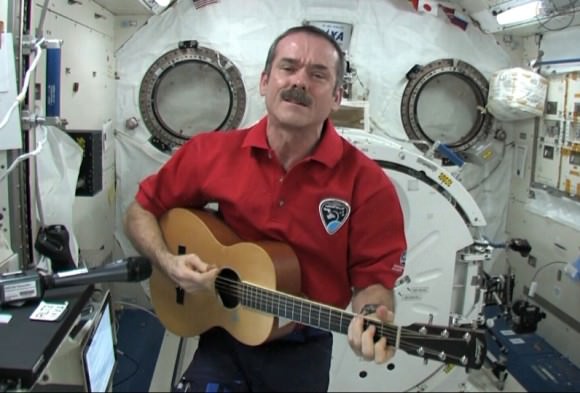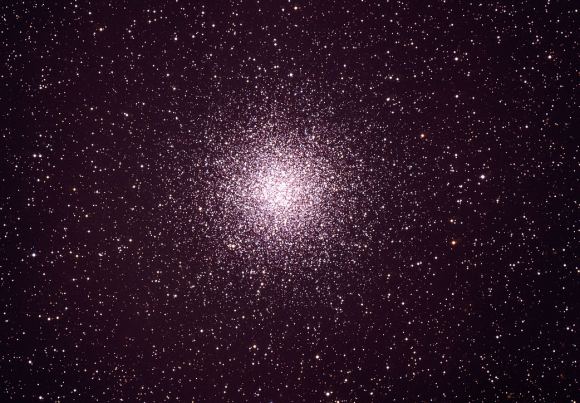Hubble Spots First Indications of Water on TRAPPIST-1s Planets
Hubble Spots First Indications of Water on TRAPPIST-1s Planets In February of 2017, astronomers from the European Southern Observatory (ESO) announced the discovery of seven rocky planets around the nearby star of TRAPPIST-1. Not only was this the largest number of Earth-like planets discovered in a single star system to date, the news was also bolstered by the fact that three of these planets were found to orbit within the star’s habitable zone. Since that time, multiple studies have been conducted to ascertain the likelihood that these planets are actually habitable. Thanks to an international team of scientists who used the Hubble Space Telescope toRead More →
